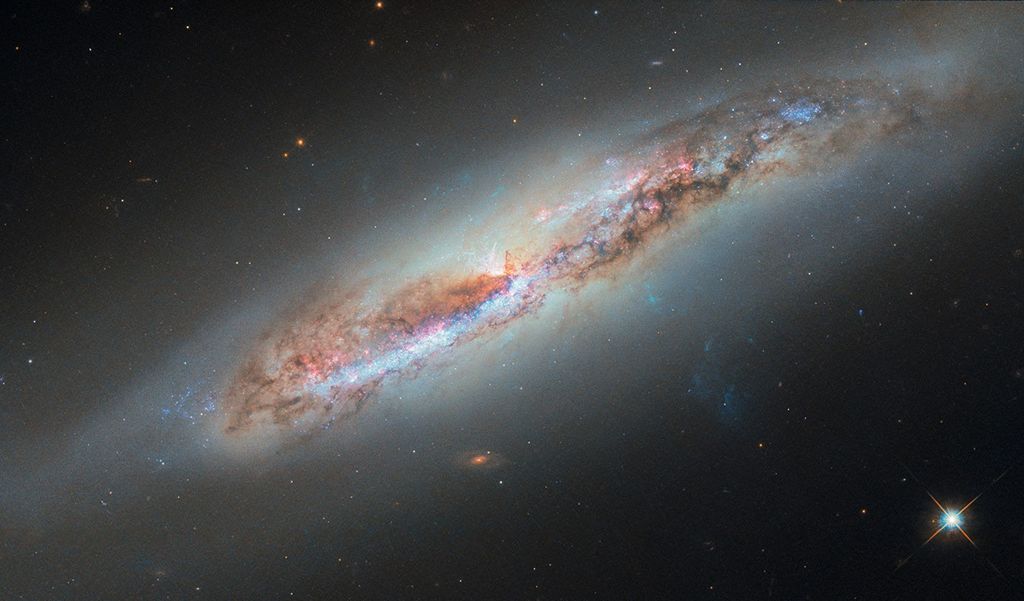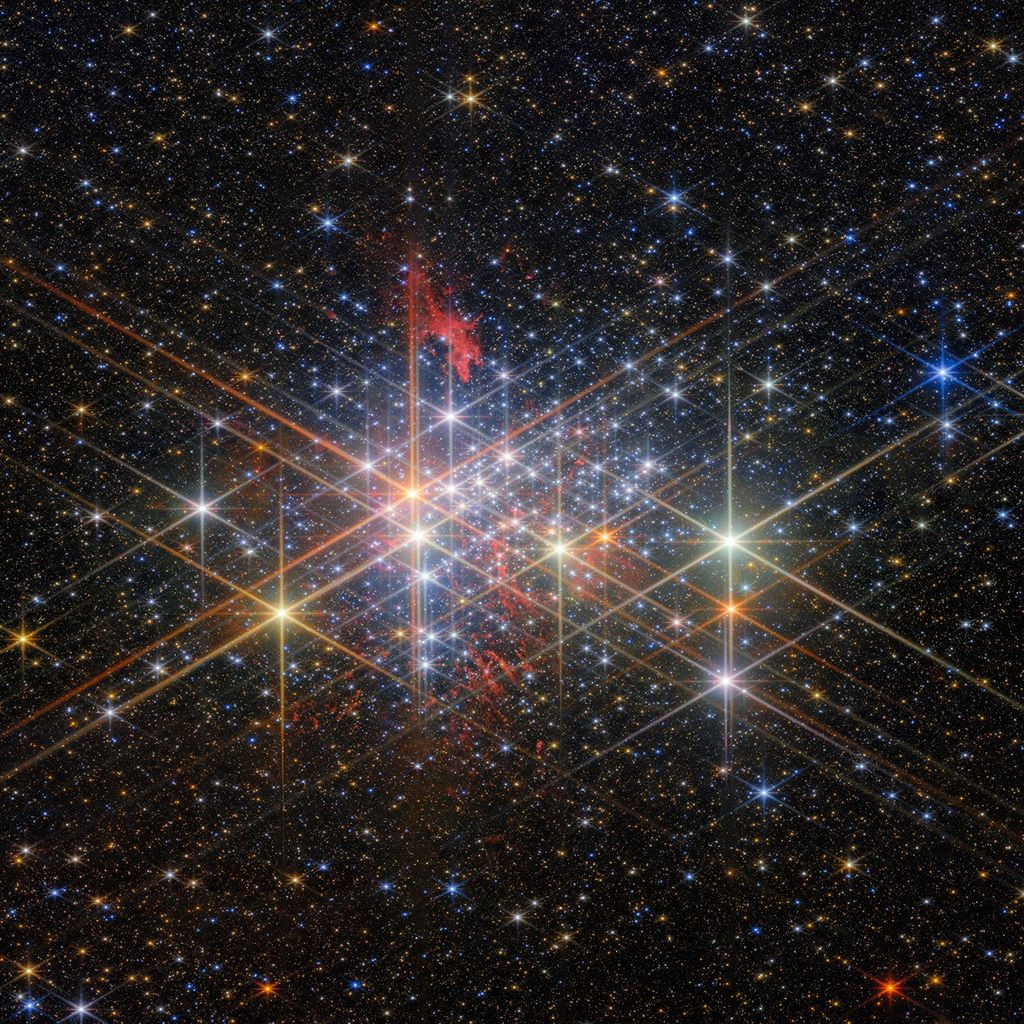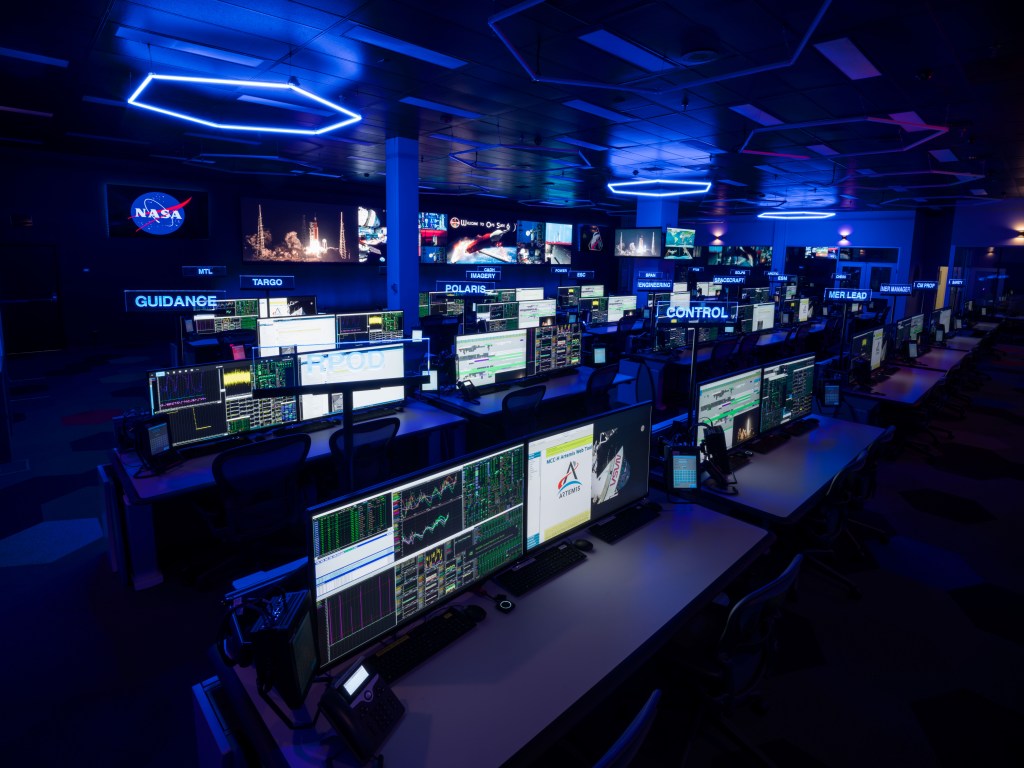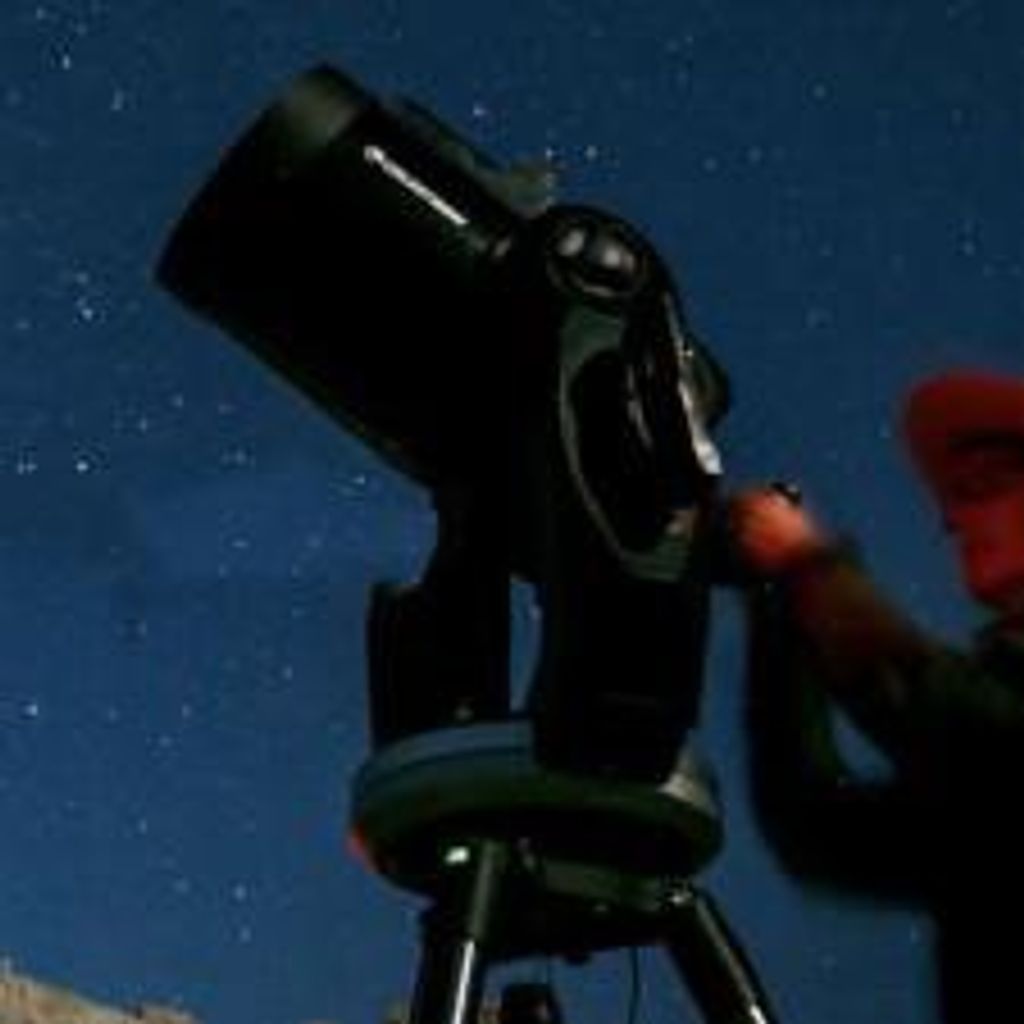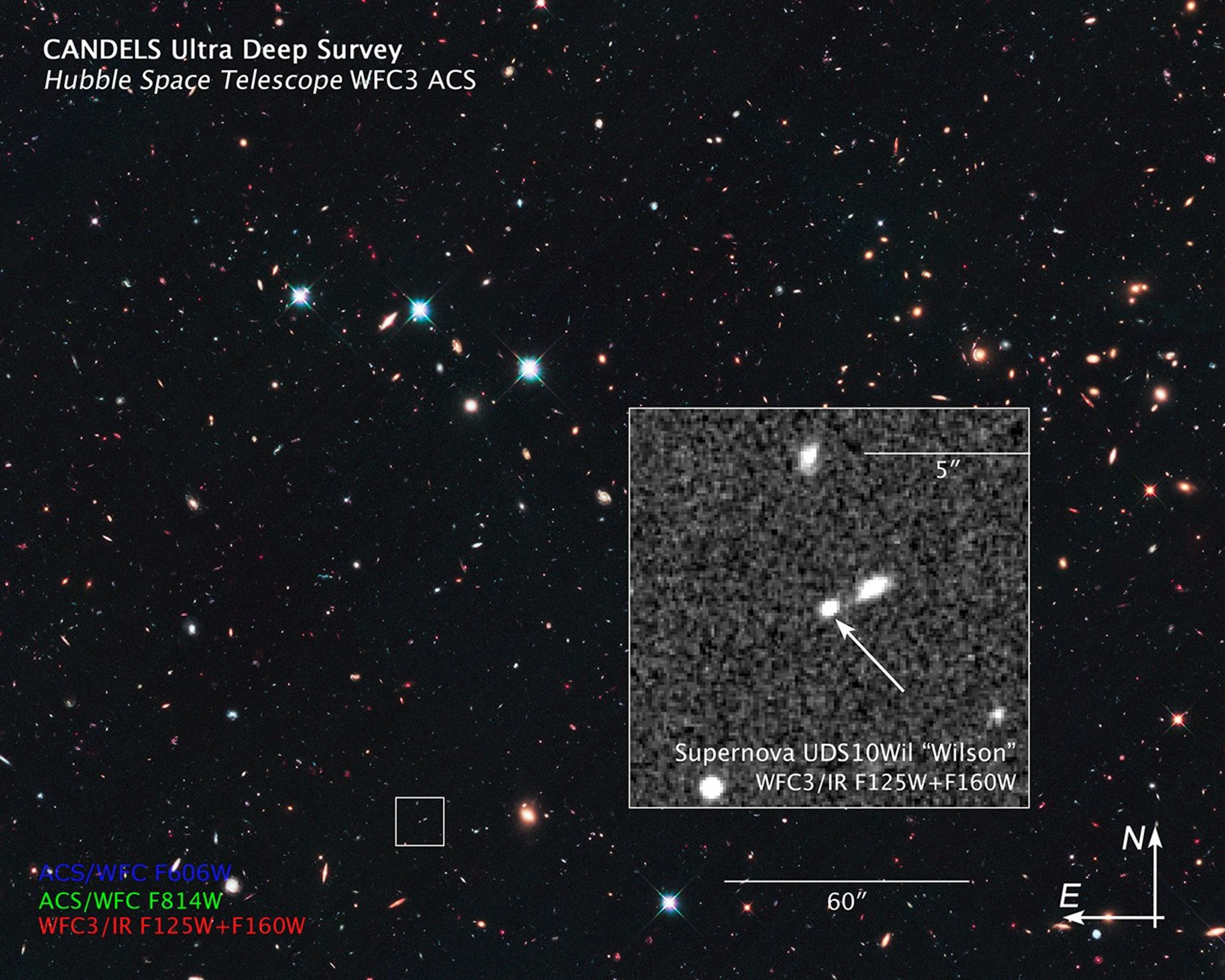1 min read
SN UDS10Wil’s Host Galaxy

About the Object
- R.A. PositionR.A. PositionRight ascension – analogous to longitude – is one component of an object's position.02h 17m 46.0s
- Dec. PositionDec. PositionDeclination – analogous to latitude – is one component of an object's position.-5° 15' 23.0"
- ConstellationConstellationOne of 88 recognized regions of the celestial sphere in which the object appears.Cetus
- DistanceDistanceThe physical distance from Earth to the astronomical object. Distances within our solar system are usually measured in Astronomical Units (AU). Distances between stars are usually measured in light-years. Interstellar distances can also be measured in parsecs.Redshift: z = 1.914
About the Data
- Data DescriptionData DescriptionProposal: A description of the observations, their scientific justification, and the links to the data available in the science archive.
Science Team: The astronomers who planned the observations and analyzed the data. "PI" refers to the Principal Investigator. - InstrumentInstrumentThe science instrument used to produce the data.HST>WFC3/IR
- Exposure DatesExposure DatesThe date(s) that the telescope made its observations and the total exposure time.December 30, 2010, and December 2, 2011
- FiltersFiltersThe camera filters that were used in the science observations.F125W (J) and F160W (H)
- Object NameObject NameA name or catalog number that astronomers use to identify an astronomical object.Supernova Wilson, SN UDS10Wil
- Object DescriptionObject DescriptionThe type of astronomical object.Type Ia Supernova
- Release DateApril 4, 2013
- Science ReleaseHubble Breaks Record in Search for Farthest Supernova
- Credit
Related Images & Videos
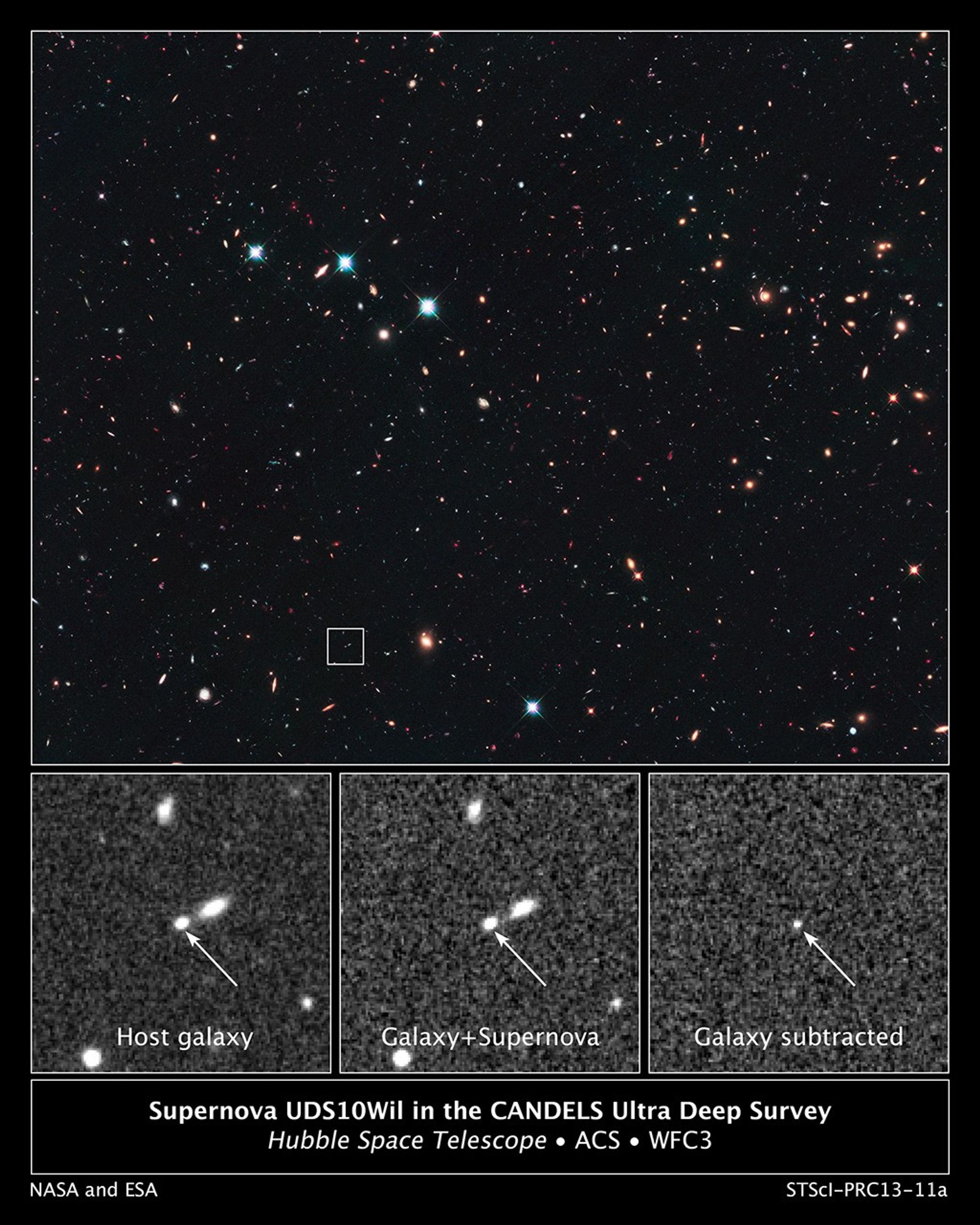
Supernova UDS10Wil in the CANDELS Ultra Deep Survey
This is a Hubble Space Telescope view looking long ago and far away at a supernova that exploded over 10 billion years ago. The supernova's light is just arriving at Earth because it has traveled more than 10 billion light-years (redshift 1.914) across space. The supernova,...
Share
Details
Last Updated
Aug 17, 2025
Contact
Media
Claire Andreoli
NASA’s Goddard Space Flight Center
Greenbelt, Maryland
claire.andreoli@nasa.gov

